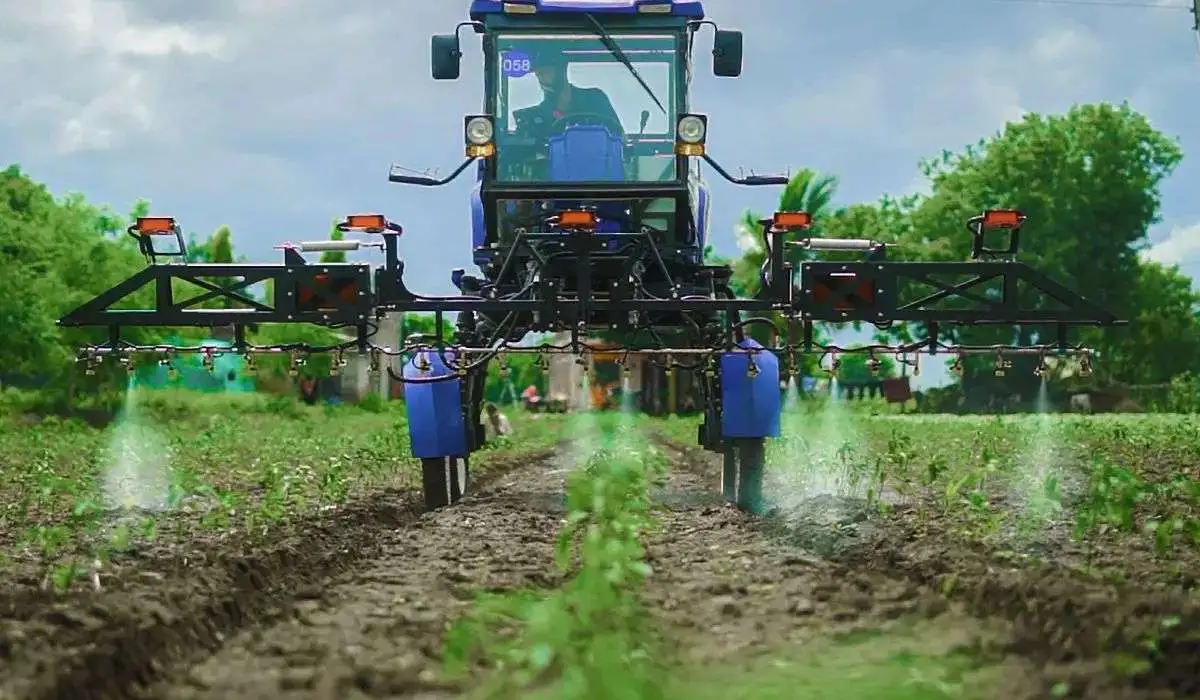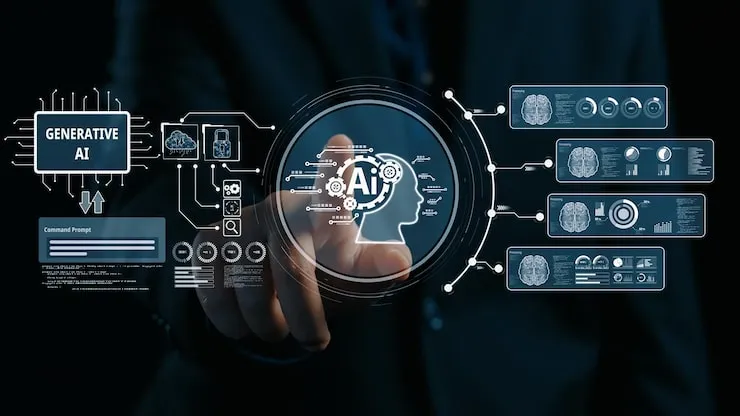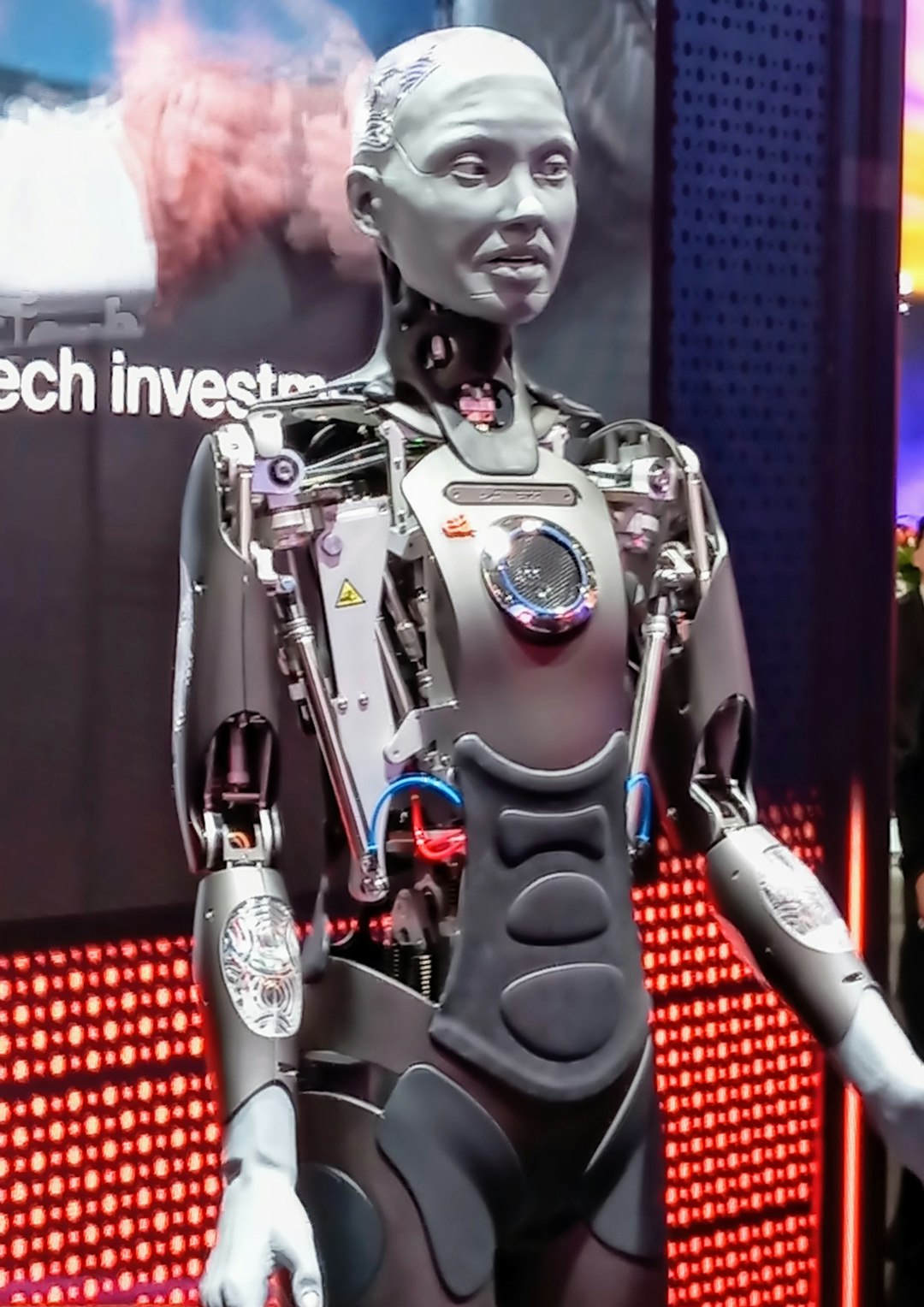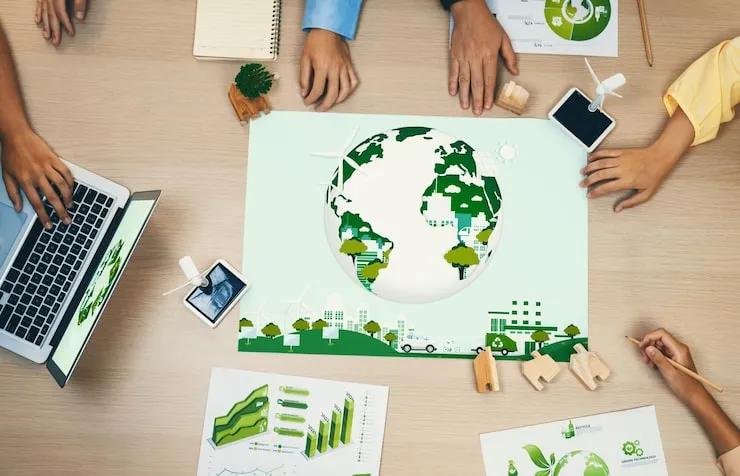Goa, known for its scenic beaches and vibrant culture, possesses agricultural heritage. Goa is not industrialized like the other states. The farming community is rooted in traditional practices. They include cultivating paddy, cashew, coconut, areca nut, spices, and AI robots in farming.
As seen over the years the agriculture of this state has witnessed challenges. Including labor shortages, land division, low availability of technology, and climate changes. However, a technological transformation is taking root in Goa today. The arrival of robots and electric tractors is part of the broader change. The tools aim to increase productivity and reduce impact on the environment.
Read Also: Smart Soil Sensors And Irrigation Automation for Farmers
Background: Agriculture in Goa – A Snapshot

Goa's agriculture has become labor concentrated. Farmers mostly practise small-scale, subsistence farming. Rice, cashews, coconuts, jackfruit, mangoes, and other crops dominate the agricultural landscape. There is a decline in active farmland due to an increase in tourism and urbanization.
Young people in Goa leave farming to do some profitable jobs. This has led to a labour shortage. And it is more felt during the planting and harvesting seasons.
For Goa to remain productive, the state must adopt new technologies. As the state is prone to climate change, heavy rainfall, droughts and floods.
Understanding Artificial Intelligence
Artificial Intelligence in agriculture refers to the adaptation of smart systems. They basically mimic human intelligence, learn from data, and make decisions. AI systems in agriculture use:
- Sensors help to detect soil health, water levels, and pests to improve agriculture.
- Drones are used for aerial surveillance and precision spraying.
- Robots for harvesting, planting, and weeding.
- Machine learning algorithms that help predict crop diseases, yield forecasts, and climate impact.
With the use of AI, decisions can be made more accurately than with traditional methods. Decisions related to irrigation, fertilization, pesticide use, and harvesting.
Agricultural Change
Fruits, vegetables and herbs are some of the crops that are often used by the startups having artificial intelligence. Sensors track temperature and light to check the conditions. Such systems are usually being adopted by hotels in Goa.
Artificial Intelligence are tools that can check weather conditions and soil conditions. They help in providing early warnings about diseases, floods, or droughts. The tools help farmers take decisions. Applying helpful treatments to pests.
You May Also Like: AgriTech solutions for cashew farmers in Goa
The Green Engines of Modern Farming
Electric tractors are used because they can be charged using batteries. It is an alternative to diesel tractors. These battery machines include :
Zero emissions is helping the state maintain its balance. There is fewer moving parts due to lack of maintenance. Saving the cost on fuel and repairs. Some tractors can be operated remotely or they can be assigned for specific work .
E-tractor is relevant in Goa, as the holding of the land is small and scattered. Smaller, quieter, and more electric tractors are ideal for keeping in the environment. It helps in e-tractors Goa agriculture.
Government Policies Supporting the Transition
The Government of Goa launched State Amritkal Agriculture Policy. It focuses on the integration of technology and climate flexibility. Key highlights include:
- Subsidies for mechanization, including e-tractors and drones as poor farmers cannot afford these.
- Support for startups that are working with AI and robotics.
- Emphasis on all types of farming including organic and vertical farming.
- Promotion of climate change practice using tools and variety of technologies.
By aligning government incentives Goa is creating an environment. Where technology adoption in agriculture is uplifted.
Challenges and Concerns
The state's agriculture faces challenges. Climate change, unpredictable weather conditions and crop damage are some of them. Due to erratic monsoons Water scarcity and deforestation are there. There is a lack of skilled labourers at the farm. People migrate to urban areas for jobs that are highly paying instead of staying in the state.
The cost of production is increasing. And the profitability is declining . The infrastructure is not adequate. There is storage in labor and transport networks. The conflicts for land keep increasing. Also soil degradation is there due to urbanization and unsustainable land practices.
The Future: A Tech-Enabled Farming Revolution

The road ahead is promising. Here’s how Goa can use this AI agriculture technology:
- Establish shareholder centres. These centres help the farmers to purchase drones, robots, and e-tractors on rent.
- Partnerships in the public and private sectors encourage collaboration. They are usually between the government, new startups, and universities.
- Technical Education in Agriculture, including robots. Especially in agricultural training.
- Empowerment for Women and Youth , Provides financial support.
- Making decisions that are data driven helps build central agricultural data. It helps the farmers access smart farming Goa.
Conclusion
The use of robots and e-tractors in the state's agriculture is not about modernization. It is about sustainable farming and an ecosystem which is future ready. From checking labor shortages and climate changes to increasing yields and reducing outflow. These technologies give a lifeline to a sector in need of revival for a long time.
While challenges are there, with the innovation, and community. Goa has the potential to become a state for smart agriculture in India. By increasing technology while preserving its ecological and cultural techniques. Goa can show that its fields are future proof.













